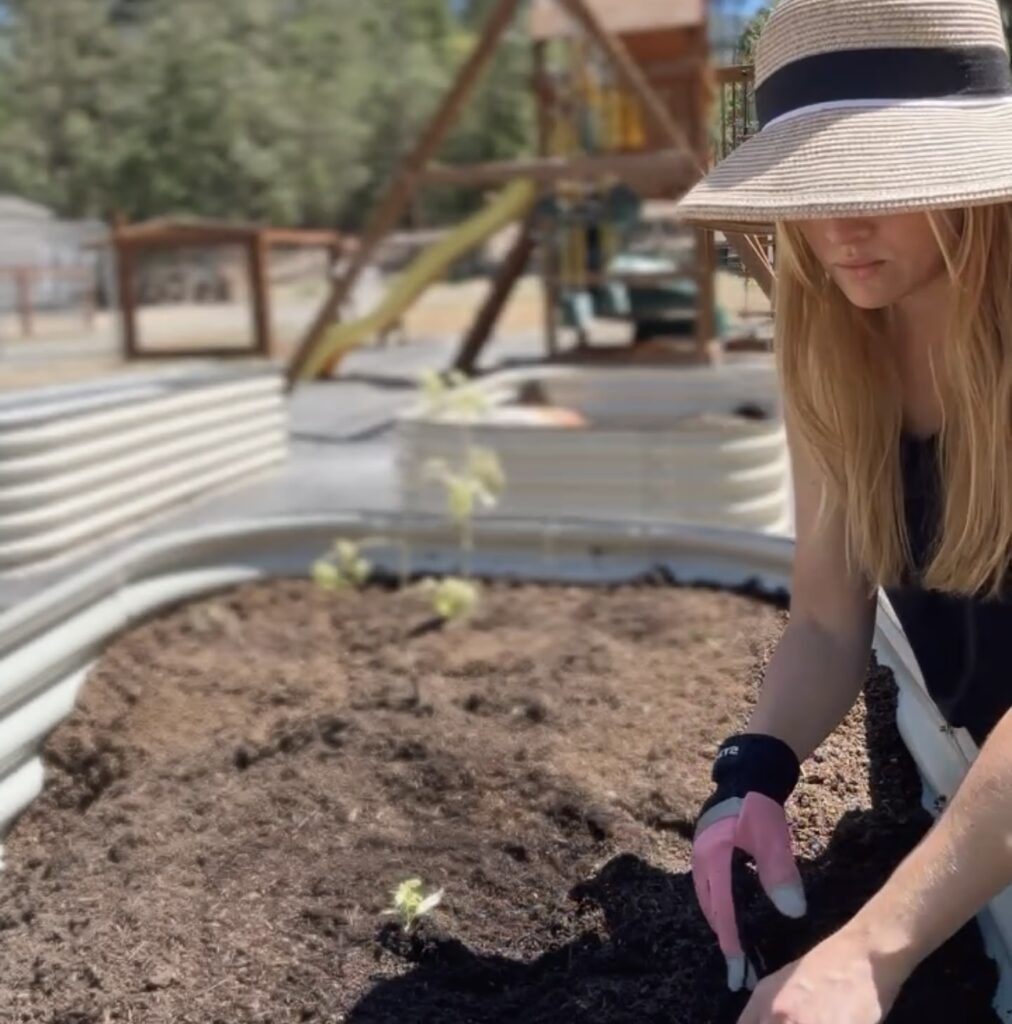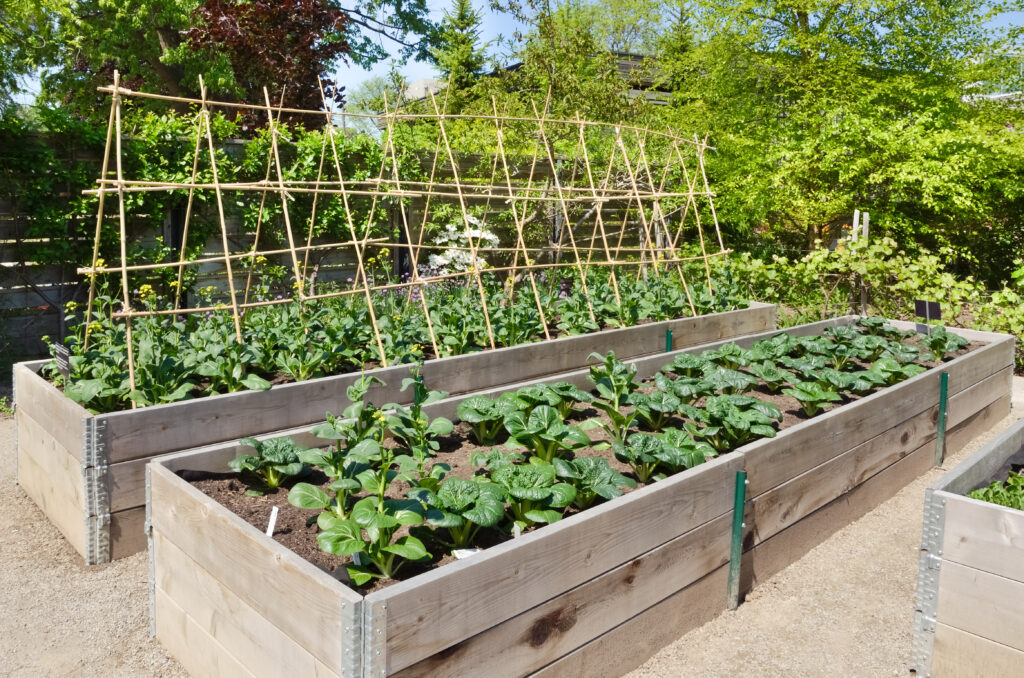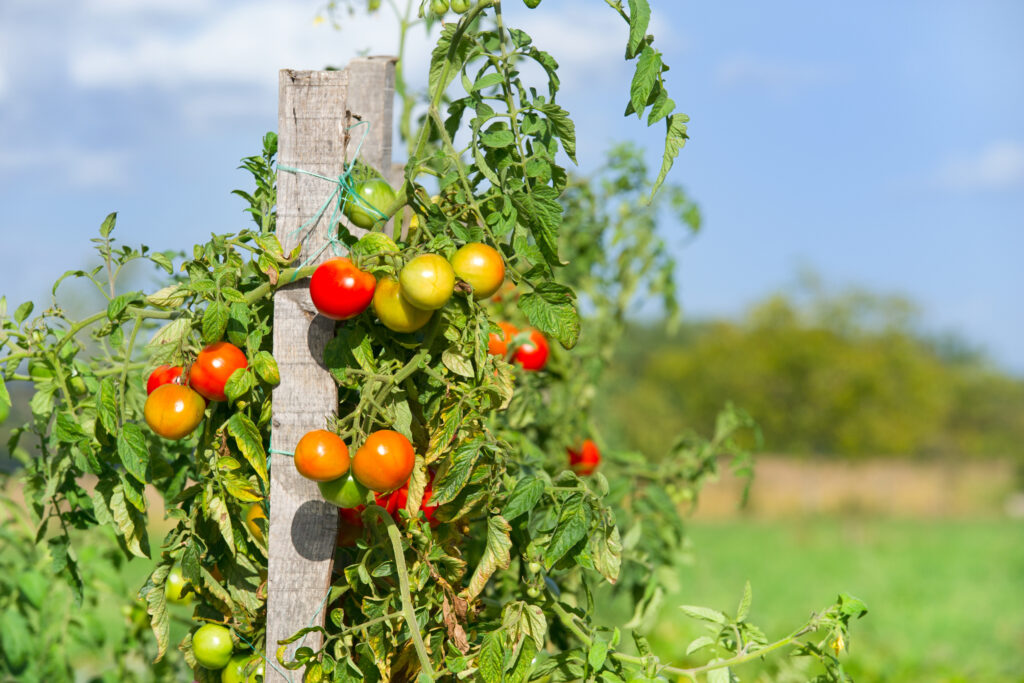
When I first started gardening, I planted everything in neat little rows like I’d seen in old farm fields. But then I learned about companion planting and let me tell you, it changed the game. It started with planting salsa ingredients together then I started Pairing certain veggies together boosts growth, repels pests, improves flavor, and even saves space! Think of it like garden matchmaking some plants just belong together, while others need to stay far apart. If you want to grow bigger, healthier harvests naturally, here’s your ultimate guide to vegetable companion planting.
What Is Companion Planting (and Why It Works)?
Companion planting is the age-old practice of growing certain plants together to help each other thrive. The right plant combinations can:
✔ Deter pests naturally (so you don’t need sprays)
✔ Improve soil health (some plants fix nutrients, others aerate soil)
✔ Encourage better growth & flavor
✔ Maximize space (so you can grow more food in less area)
Personal tip: The first time I planted basil with my tomatoes, it started with a few recipes I wanted to have all of the ingredients in one garden bed so I could easily through them together in a meal quickly and those tomatoes were the best-tasting ones I’d ever grown! Now I never plant them without it.

The Best Companion Plant Pairings
Here’s a quick cheat sheet of the best plant pairings to boost your garden:
| Vegetable | Best Companions | Why? |
| Tomatoes | Basil, marigolds, carrots, onions | Basil improves flavor & repels hornworms, marigolds deter pests |
| Peppers | Basil, onions, carrots, nasturtiums | Basil deters aphids, nasturtiums act as a trap crop |
| Carrots | Onions, leeks, radishes, tomatoes | Onions repel carrot flies |
| Lettuce | Radishes, carrots, strawberries | Provides shade for roots, radishes deter pests |
| Beans | Corn, squash, rosemary | Fix nitrogen, helping corn & squash grow better |
| Cucumbers | Nasturtiums, radishes, dill | Nasturtiums deter beetles, radishes keep cucumber beetles away |
| Cabbage | Thyme, dill, onions, marigolds | Thyme repels cabbage worms, onions deter pests |
| Potatoes | Beans, cabbage, corn | Beans fix nitrogen, improving potato yield |
| Zucchini | Marigolds, nasturtiums, basil | Nasturtiums deter squash bugs |
Personal tip: I plant marigolds and nasturtiums all over my vegetable garden—they’re the unsung heroes of companion planting!
What NOT to Plant Together
Just like some plants love each other, others compete or even harm each other. Avoid these bad combos:
| Bad Combination | Why? |
| Tomatoes & Potatoes | Both attract similar pests and diseases (like blight) |
| Carrots & Dill | Dill stunts carrot growth |
| Beans & Onions | Onions stunt bean growth |
| Cabbage & Strawberries | They compete for nutrients and attract similar pests |
| Cucumbers & Potatoes | Potatoes attract pests that love cucumbers too |
Personal tip: I made the mistake of planting cucumbers near potatoes once… let’s just say it was bug city in my garden that year.
Companion Planting for Pest Control
One of the biggest perks of companion planting is natural pest control. Here’s how to fight garden pests with plant pairings instead of chemicals here is my non toxic pest control post that can help Click Here
| Pest | Natural Companion Plant Defense |
| Aphids | Nasturtiums, marigolds, chives (trap or repel aphids) |
| Squash Bugs | Nasturtiums, radishes (repel them) |
| Tomato Hornworms | Basil, marigolds (mask tomato scent) |
| Carrot Flies | Onions, leeks (repel them) |
| Cabbage Worms | Thyme, dill, marigolds (confuse pests) |
Personal tip: If I see aphids on my plants, I plant nasturtiums nearby—they attract aphids away from my veggies.

Space-Saving Companion Planting (Perfect for Small Gardens)
If you’re tight on space, companion planting lets you grow more in less room. Try these high-yield, space-saving combinations:
1️⃣ The Three Sisters (Corn + Beans + Squash)
✅ Corn provides support for beans, beans fix nitrogen, squash acts as living mulch.
2️⃣ Tomatoes + Basil + Carrots
✅ Tomatoes grow tall, basil fills space below, carrots grow underground—maximizing space.
3️⃣ Lettuce + Radishes + Strawberries
✅ Lettuce shades soil for strawberries, radishes grow fast and don’t compete.
4️⃣ Cucumbers + Trellis + Nasturtiums
✅ Cucumbers climb, leaving room for nasturtiums underneath to repel bugs.
5️⃣ Peppers + Onions + Marigolds
✅ Peppers love heat, onions repel pests, marigolds deter aphids.
Personal tip: I grow cucumbers on a trellis with nasturtiums underneath—it saves space and keeps pests away!
FAQs About Companion Planting
Companion planting isn’t just about saving space or deterring pests, it’s about creating a natural balance in your garden. When you grow plants together that help each other, you’ll have healthier crops, fewer problems, and a more productive garden overall. Whether you’re tucking basil next to tomatoes or planting nasturtiums under squash, these little pairings make a big difference.
Garden with Confidence
Take Care Linnea
More Gardening Tips
Check out what’s NEW on the Blog here
